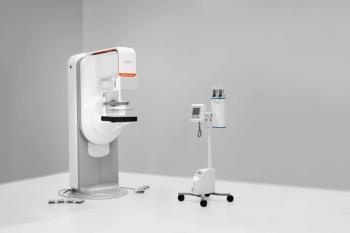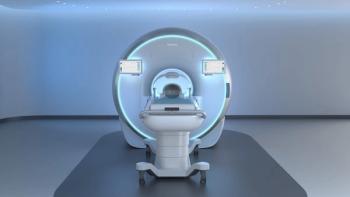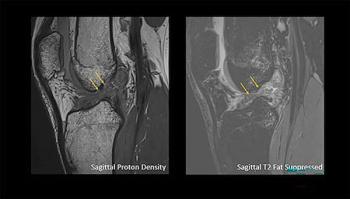
Imaging informatics 101: Subspecialists take practice back to basics
Radiology informatics has evolved to a relatively mature radiology subspecialty, yet surprisingly few radiologists -- or even radiology residents -- are aware of what radiologist-informaticians do and how it affects the practice of medicine.
Radiology informatics has evolved to a relatively mature radiology subspecialty, yet surprisingly few radiologists - or even radiology residents - are aware of what radiologist-informaticians do and how it affects the practice of medicine.
A new paper (Radiology 2007 Apr 12; Epub ahead of print) addresses this anomaly by offering a guide to the basics of imaging informatics. The first of the two-part series covers PACS and associated software.
"Informatics has become critical as radiology has progressed to a digital environment, and the implications are felt not just daily but constantly within the reading room," said Dr. Barton F. Branstetter IV, of the radiology and otolaryngology departments at the University of Pittsburgh.
"I'm sure that a lot of radiologists wish their PACS worked more smoothly, or that their speech recognition program was more accurate, or that they could communicate with their clinicians without so many interruptions," he said.
The solutions to these issues are at the core of imaging informatics.
It's hard to imagine another technology that affects all radiologists as directly as PACS, Branstetter said.
To use PACS more effectively, radiologists must understand the technology underlying the digital environment because these principles affect major purchasing decisions, not only about PACS but also supporting software and modalities themselves, he said.
"As digital imaging technologies become more ubiquitous, radiologists must be prepared to evaluate the software offered by different vendors, and they must understand the relative merits of different technologies," Branstetter said.
The American Board of Radiology has reacted to the importance of imaging informatics by considering the inclusion of informatics questions in its written examination. Imaging informatics is more than the method by which images get moved from one place to another.
Branstetter said virtually every aspect of a radiologist's workday involves some form of communication:
- calling a colleague for patient history;
- calling a technologist to apply a protocol or check an image;
- reviewing images with a clinician;
- teaching a trainee; or
- producing a report.
All of these events fall under the purview of imaging informatics, and all of them, along with image interpretation itself, can become more efficient, more effective, and more reliable with the proper tools, he said.
"Image interpretation may be at the core of our value as radiologists, but that is only one element in the practical process of being a radiologist," Branstetter said.
Newsletter
Stay at the forefront of radiology with the Diagnostic Imaging newsletter, delivering the latest news, clinical insights, and imaging advancements for today’s radiologists.




























